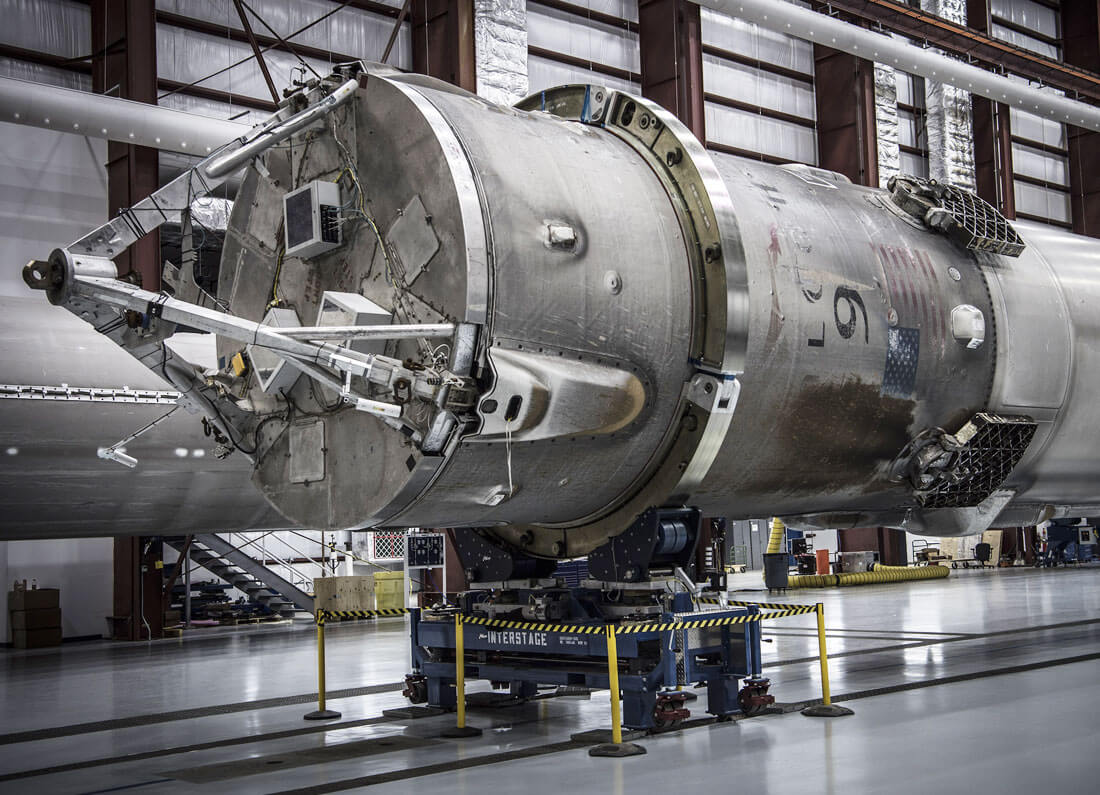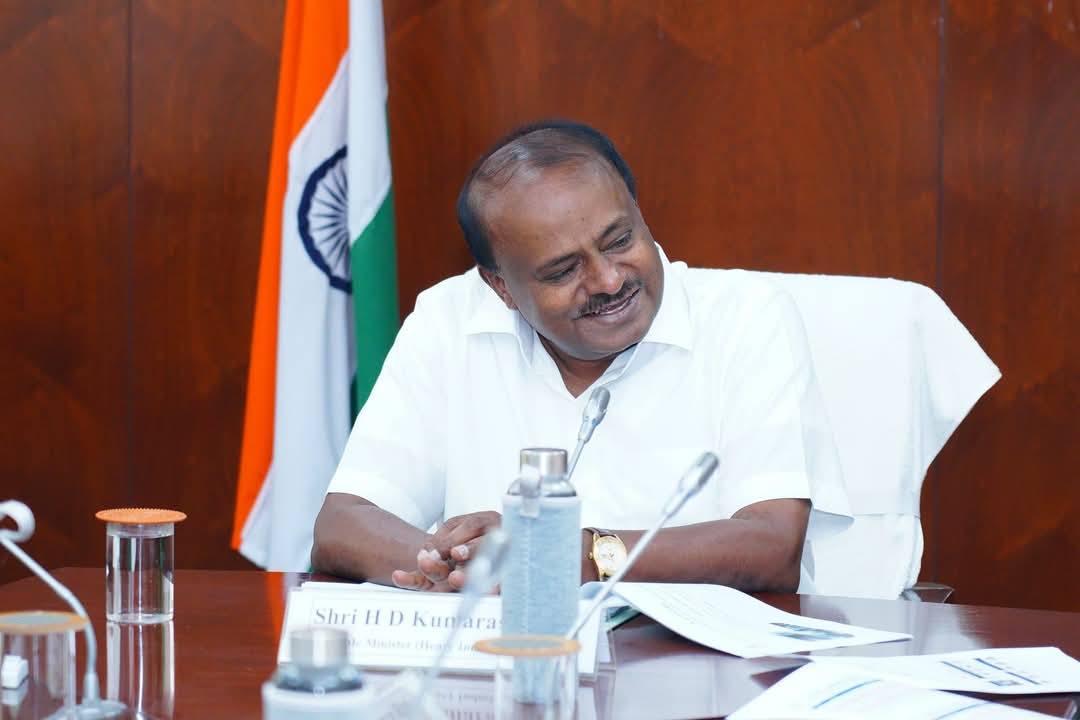New Delhi / Bengaluru, NFAPost: Under the visionary leadership of Prime Minister Narendra Modi, the Ministry of Civil Aviation has ushered in an era of transformative growth and innovation in India’s aviation sector as the country’s total number of airports doubled to reach 159 in 2024.
Driven by groundbreaking legislative reforms, extensive infrastructure expansion and an unwavering commitment to connectivity, safety, and sustainability, the Ministry of Civil Aviation has achieved landmark milestones, positioning India among the world’s leading aviation markets.
In a statement, Prime Minister Narendra Modi said among the fastest-growing sectors in Bharat’s economy, aviation is one of them.
“We are connecting our people, culture, and prosperity through this sector. With 4 billion people, a rapidly growing middle class, and the resulting increase in demand, this is a significant driving force for the sector’s development,” said Prime Minister Narendra Modi.
Over a period of 10 years ending 2024, India’s total number of aiports registered a growth of 114% as the Civil Aviation Ministry’s strategic initiatives helped in building a robust aviation ecosystem to support India’s ambitions of becoming a developed nation by 2047—Viksit Bharat @2047.
It is important to note that this growth story highlights the key pillars of this transformation—legislation, infrastructure, inclusivity, sustainability, and global integration—underscoring India’s emergence as a capable aviation powerhouse.
- Parliament passed the Protection of Interest in Aircraft Objects Bill, 2025, aligning India’s aviation leasing laws with global standards to reduce leasing costs.
- The Bharatiya Vayuyan Adhiniyam 2024 modernized India’s aviation sector, replacing the colonial-era Aircraft Act from 1934.
- India’s domestic air passenger traffic reached a historic milestone, surpassing 5 lakh passengers in a single day in 2024.
- Entering its 9th year, the UDAN scheme has successfully operationalized 619 routes and 88 airports, with plans to expand to 120 additional destinations.
- UDAN Yatri Cafés launched at Kolkata and Chennai Airports, providing passengers with affordable, quality food.
- Rapid aviation infrastructure expansion continued, with significant progress in operationalizing Greenfield airports and upgrading existing facilities nationwide.

Legislative Reforms Driving Systemic Transformation
Protection of Interest in Aircraft Objects Bill, 2025 – This pivotal legislation, steered through Parliament by Civil Aviation Minister Shri Ram Mohan Naidu and passed in April 2025, aligns India’s aircraft leasing and financing framework with international standards set by the Cape Town Convention, 2001. By addressing gaps in legal enforcement, the Bill is strategically designed to reduce aircraft leasing costs for Indian carriers, which were previously 8-10% higher than in other nations. This is expected to boost investor confidence in India’s burgeoning aviation market significantly. The intended impact of the Bill includes reduced risk premiums, lower interest rates, and lease costs for passengers and shippers. It also aims for better contract enforceability and repossession certainty, fostering the growth of domestic leasing hubs.
Bharatiya Vayuyan Adhiniyam 2024 – This landmark Act was passed by both houses of Parliament in 2024 and came into force on 1st January 2025. It represents a significant step in modernising India’s aviation sector by re-enacting and updating the colonial-era Aircraft Act, 1934. The Adhiniyam aims to foster indigenous manufacturing under the ‘Make in India’ and ‘Atmanirbhar Bharat’ initiatives, align regulations with international conventions such as the Chicago Convention and the International Civil Aviation Organization (ICAO), and streamline regulatory processes by simplifying license issuance. It also removes redundancies and introduces provisions for appeals.
Foundation Laid for New Terminal Capacity: Significant infrastructure development is underway, including the laying of foundations for new terminals at key locations such as Varanasi, Agra, Darbhanga, and Bagdogra.
Operationalisation of Greenfield Airports: Since 2014, 12 Greenfield Airports have been operationalised out of 21 ‘in-principle’ approved airports. These include Durgapur, Shirdi, Kannur, Pakyong, Kalaburagi, Orvakal (Kurnool), Sindhudurg, Kushinagar, Itanagar (Hollongi), Mopa, Shivamogga, and Rajkot (Hirasar). Furthermore, development at Noida (Jewar) and Navi Mumbai International Airports is progressing rapidly, with operationalisation targeted for the first quarter of FY 2025-26. The government has set an ambitious target of developing 50 more airports in the next 5 years and connecting 120 new destinations in the next 10 years.
Significant Capital Expenditure in Airport Infrastructure: A substantial CAPEX of over Rs 91,000 crore is planned for airport infrastructure development under the National Infrastructure Pipeline (NIP) during FY 2019-20 to FY 2024-25, with approximately Rs 82,600 crores already spent by November 2024.
RCS–UDAN: Democratising Air Travel and Boosting Regional Growth
RCS-UDAN Connecting India: The Regional Connectivity Scheme (RCS) – Ude Desh Ka Aam Nagrik (UDAN), now in its 9th year since its launch in October 2016, has operationalised 619 routes and connected 88 airports across the country. This scheme embodies the government’s commitment to affordable air travel and promoting balanced regional development.
Expansion of Regional Connectivity: In 2024 alone, 102 new RCS routes were launched, including 20 in the North Eastern States. The scheme has facilitated affordable air travel for 1.5 crore passengers, and it aims to extend this to 4 crore more in the next decade through a revamped UDAN initiative to add 120 new destinations. The scheme also prioritises connecting remote, hilly, and aspirational districts, including the North Eastern region, through support for helipads and smaller airports.
Affordable Food at Airports with UDAN Yatri Café: The UDAN Yatri Café initiative, aligned with the Hon’ble Prime Minister’s vision of democratising air travel, was launched to provide affordable and quality airport food options. Cafés have been inaugurated at Kolkata’s Netaji Subhas Chandra Bose International Airport and Chennai Airport, offering tea for ₹10 and samosas for ₹20. The Kolkata café has seen significant success, leading to the nationwide expansion of the initiative.
Skyrocketing Passenger Traffic Reflects Sectoral Momentum
Exponential Growth in Domestic Passengers: In 2024, domestic air passenger traffic more than doubled to 22 crore 81 lakh, a remarkable increase from the 10 crore 38 lakh passengers recorded in the 65 years preceding 2014. Domestic air passenger traffic grew by 5.9% in the January-November period of 2024 compared to the same period in 2023, crossing the milestone of 5 lakh passengers in a single day for the first time on November 17, 2024.
Strong Growth in International Traffic: International routes also experienced substantial growth, with 64.5 million passengers carried between January and November 2024, marking an 11.4% increase.
India Emerges as a Top Global Aviation Market: The total number of air passengers annually has exceeded 350 million, firmly establishing India as the third-largest aviation market globally. Over the past decade, domestic air passenger traffic has grown 10-12% annually.
Safety, Technology, and Seamless Travel
State-of-the-Art DFDR & CVR Laboratory Inaugurated: A significant stride towards enhancing aviation safety was the inauguration of the advanced Digital Flight Data Recorder and Cockpit Voice Recorder (DFDR & CVR) Laboratory at the Aircraft Accident Investigation Bureau (AAIB) in New Delhi. This ₹9 crore facility will significantly improve the effectiveness of identifying the root causes of incidents and ensuring accountability, thereby contributing to a safer aviation ecosystem. The Hindustan Aeronautics Limited (HAL) supported the establishment of this crucial lab.
Expansion of Digi Yatra for Seamless Travel: Digi Yatra services to 24 airports have significantly enhanced passenger convenience and security. This initiative provides a seamless, contactless travel experience for passengers. Over 80 lakh users have downloaded the app, and more than 4 crore journeys have been completed using the Digi Yatra facility.
Guidelines Launched for Seaplane Operations: The Guidelines for Seaplane Operations in India were launched on 22nd August 2024 to enhance regional connectivity further. These guidelines prioritise safety and security and aim to facilitate the commencement of seaplane operations across the country. UDAN Round 5.5 includes invitations for bids for seaplane operations from over 50 water bodies.
Sustainability and Capacity Building: Preparing for Tomorrow
Driving Green Energy Adoption at Airports: The Ministry actively promotes sustainable aviation, with around 80 airports now operating on 100% green energy. The aspiration is to transition over 100 airports to renewable energy sources. Bengaluru Airport has achieved the highest Carbon Accreditation Level 5 by Airports Council International (ACI), while Delhi, Mumbai, and Hyderabad airports have achieved Level 4+ accreditation, becoming carbon neutral. Chennai Airport also operates entirely on green energy and houses a 1.5 MW solar power plant.
Addressing the Growing Demand for Pilots: Recognizing the increasing need for trained pilots, estimated at 30,000 to 34,000 in the next 10-15 years, the Ministry is actively working on expanding the number of Flight Training Organizations (FTOs) and the annual issuance of commercial pilot licenses.
Aviation Career Guidance for Students: To nurture future talent, Civil Aviation Minister Shri Ram Mohan Naidu launched a ‘Career Guidance Programme in Aviation’ for school students at the Indian Aviation Academy. The programme aims to inspire and educate students about diverse career opportunities within the sector. The Minister highlighted the significant demand for pilots and the government’s commitment to developing domestic talent.
Additional Milestones in Aviation Growth
Maintenance, Repair & Overhaul (MRO): A uniform 5% Integrated Goods and Services Tax (IGST) rate has been introduced for aircraft parts to promote India as a competitive global MRO hub.
Gender Inclusion: India boasts 13–18% of women pilots, which ranks among the highest globally. The Directorate General of Civil Aviation (DGCA) targets 25% representation of women in all aviation roles by 2025.
International Recognition: The 2nd Asia-Pacific Ministerial Conference on Civil Aviation was successfully hosted in New Delhi, culminating in the Delhi Declaration.
Air Cargo Infrastructure: Cargo handling capacity reached 8 million MT in FY24, growing at 10 %+ annually with a new focus on warehousing for perishables and streamlined customs protocols.
Charting the Path to Viksit Bharat @2047
The Ministry of Civil Aviation remains resolutely committed to positioning India as a global aviation leader, driving transformative change through visionary policies, world-class infrastructure, and inclusive, sustainable growth.
As India continues to break records in passenger traffic, expand regional connectivity, and modernise aviation frameworks, the nation is firmly set on an upward trajectory toward becoming a vibrant global aviation hub. These concerted efforts enhance travel experiences for millions and bolster economic prosperity, strengthen national integration, and empower India to confidently soar towards its vision of becoming a developed nation—Viksit Bharat @2047.

















Leave a Reply